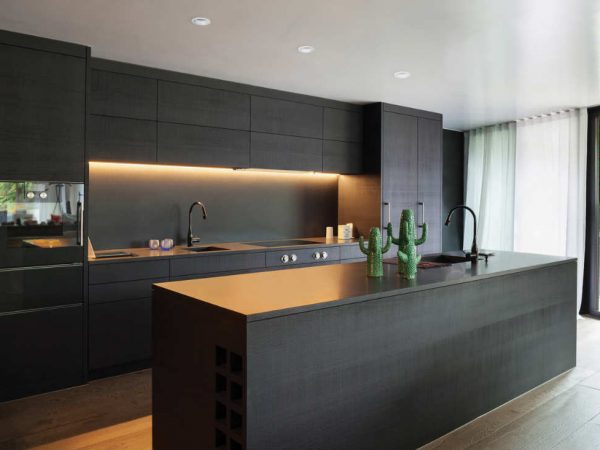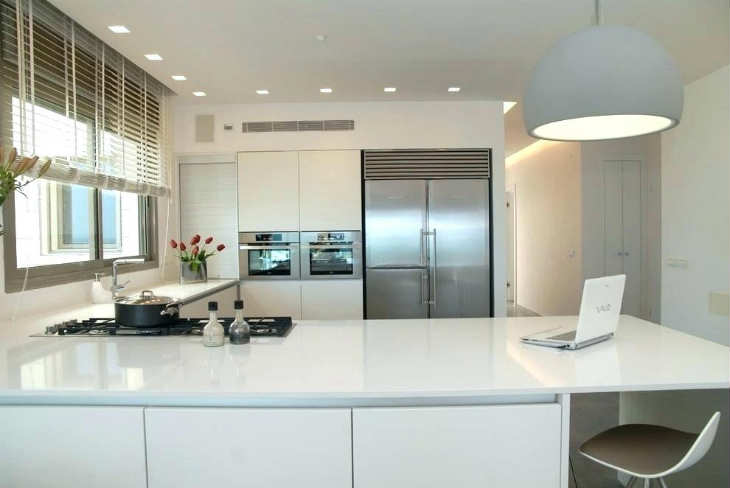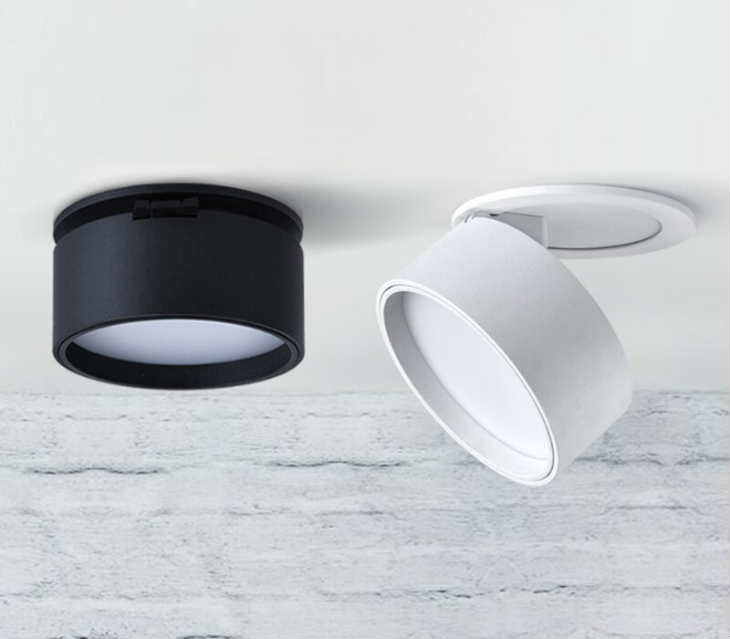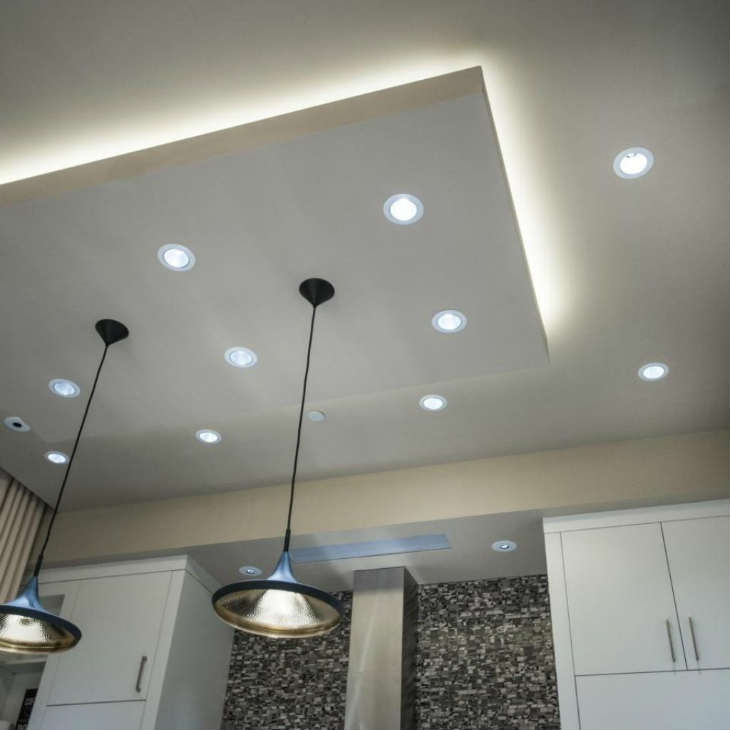09
Mar

A recessed light is any type of light fixture that is installed into a hollow opening of a ceiling, floor, wall cabinet or other horizontal interior feature. This type of lighting is popular with many homeowners as its sleek finish gives the space a modern vibe. In addition, recessed lights can be used in a variety of ways from ambient lighting to task and accent lighting.
However, if you fail to use these lights properly, your space can look either too bright or have dark areas that make it resemble Swiss cheese. So, if you want to install recessed lights to illuminate certain spaces in your home, you need to approach this project with caution. By being properly informed you can take full advantage of what these types of fixtures have to offer in terms of functionality and aesthetic charm. Here’s a simple guide on how to use recessed lighting.

Today, recessed LED lighting is the dominant option on the market. Some stores still sell non-LED recessed lights, but they are dwindling fast. With that being said, you’ll find more variety in the range of recessed LED lighting. Additionally, LED recessed lighting is significantly more durable compared to other bulb technology. The average running life of a typical LED bulb is 40 000+ hours. Considering how downlights can be difficult to replace as they are often high up on the ceiling, it’s an advantage to invest in bulbs which can last for years. Some homeowners believe that LEDs are an investment that’s too expensive to make. But in reality, LEDs pay off in the long run. With their exceptional lifespan and the fact that they are 90% more energy-efficient than incandescent lights, recessed LED lights are definitely the most cost-efficient choice.
First of all, decide if you want to showcase a focal point in the room. For instance, you want to highlight a specific reading chair in your living room. In that case, you want to be sure there’s a light directly above that chair. So, centre the first recessed light exactly there and then space out the rest of the light around it.
When spacing your lights out, it’s recommended that there should be at least one light per square metre in a room. This means, there should be one metre spacing between each downlight. However, use this rule as a baseline. Some rooms that need more brightness, such as the bathroom or the kitchen, may require you to use 2-3 downlights per square metre.
How far away from the walls should recessed lighting be? It depends on the size of the beam, but in general, it’s recommended that the lights closest to the wall are at least one metre away from it. This way, the light emitted from the bulbs won’t be cut off by the wall, which can result in uncomfortable shadows.

Many homeowners are worried that they’ll make the mistake of installing recessed lights that are either too bright or too dim for a room. The best way to solve this problem is to install recessed lights that are around 12 watts (the brightest comfortable wattage for LEDs) and hook them up to a dimmer switch. This way, you can tweak the brightness of the lights to your exact needs. Dimmable downlights allow you to use a single space for a variety of activities. For instance, when you need light for reading or more detailed oriented tasks, you can increase the brightness. And when you want to relax or set a more intimate mood, you can simply dim the lights.
Each room is designed for a different purpose. The colour of the downlights you’re going to use in a room should suit its purpose. For rooms that are about relaxing and bonding, it’s recommended to use warm white downlights. These lights are typically around 2700K. On the other hand, the bathroom, kitchen and hallway should be illuminated by cool white downlights which are around 3000K. It’s recommended to only use lights in a single colour in a room or open floor plan. There are also recessed lights in other, livelier colours such as blue or pink which can be used as decorative or accent lighting.

The visible part of a recessed light fixture is called the trim. As such, it can affect the aesthetics of your space. The more affordable fixtures include trims made of materials such as stainless steel and brass. On the other hand, the majority of higher-end recessed lights have aluminium trims. Additionally, the trim can also influence the performance of the light. For instance, a baffle trim has large grooves that absorb excess light and help reduce glare. Reflector trims have a polished smooth interior that helps maximise the light generated by the bulb. As a result, these trims are the best choice for task lighting. If you’re placing a downlight in a shower or an outdoor space, make sure you get one with a trim that’s waterproof rated.